Home>Home Appliances>Kitchen Appliances>How To Set Up An Espresso Machine
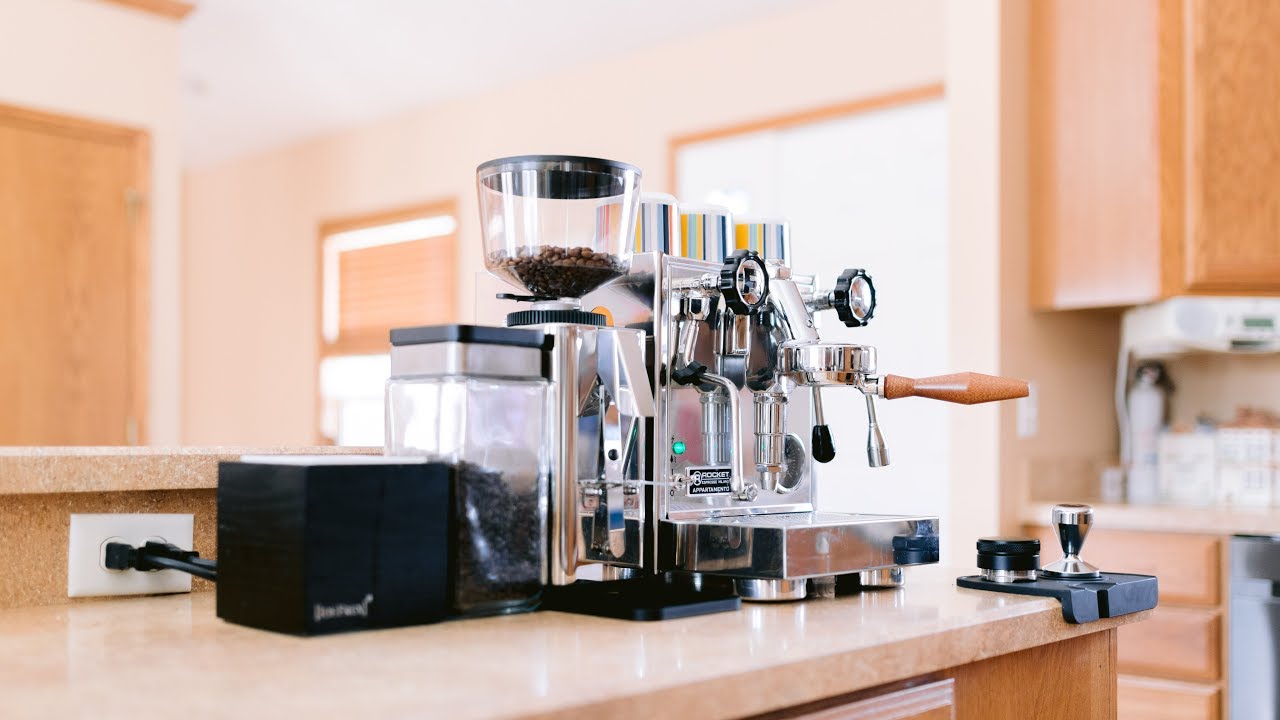

Kitchen Appliances
How To Set Up An Espresso Machine
Modified: January 6, 2024
Learn how to set up your kitchen appliances with our step-by-step guide. Master the art of making espresso at home with our expert tips and tricks.
(Many of the links in this article redirect to a specific reviewed product. Your purchase of these products through affiliate links helps to generate commission for Storables.com, at no extra cost. Learn more)
Introduction
So, you've decided to bring the irresistible allure of a café-quality espresso into the comfort of your own home. Congratulations! With the right equipment and a dash of know-how, you'll soon be sipping on rich, aromatic shots of espresso whenever the mood strikes. Setting up an espresso machine may seem daunting at first, but fear not! This comprehensive guide will walk you through the process, from selecting the perfect machine to pulling the quintessential shot of espresso.
Whether you're a seasoned coffee aficionado or a newcomer to the world of espresso, this article will equip you with the knowledge and skills needed to master the art of brewing this beloved beverage. From demystifying the components of an espresso machine to troubleshooting common issues, we've got you covered. So, grab your favorite mug, and let's embark on this delightful journey into the realm of home espresso brewing.
Key Takeaways:
- Mastering home espresso brewing involves selecting the right machine, understanding its components, and perfecting the art of grinding, tamping, and pulling shots to create delightful, aromatic beverages.
- Regular maintenance and troubleshooting are essential to ensure the longevity and optimal performance of your espresso machine, safeguarding the consistent delivery of exceptional brews for continued enjoyment.
Read more: How To Calibrate An Espresso Machine
Choosing the Right Espresso Machine
Before delving into the intricacies of setting up an espresso machine, it's essential to select the right one for your brewing needs. The market is brimming with a diverse array of espresso machines, each boasting unique features and capabilities. To streamline your selection process, consider the following factors:
- Budget: Determine your budget range, as espresso machines come in a wide price spectrum. From entry-level models to high-end, commercial-grade machines, there's an option for every budget.
- Brewing Capacity: Assess how many espresso shots you anticipate making at once. Single-boiler machines are suitable for individuals or small households, while dual-boiler machines cater to those who frequently entertain guests or desire simultaneous brewing and steaming capabilities.
- Brewing Method: Choose between manual, semi-automatic, automatic, or super-automatic machines, each offering varying degrees of control and convenience in the brewing process.
- Features: Consider features such as built-in grinders, programmable settings, PID temperature control, and steam wand functionality, based on your preferences and brewing aspirations.
- Footprint: Evaluate the available space in your kitchen to ensure that the chosen machine fits seamlessly into your setup.
Additionally, researching reputable brands and reading user reviews can provide valuable insights into the performance, durability, and user-friendliness of different espresso machines. Once you’ve identified the machine that aligns with your criteria, you’re ready to embark on the next step in your home espresso journey: understanding the components of an espresso machine.
Understanding the Components of an Espresso Machine
Before diving into the setup process, familiarizing yourself with the key components of an espresso machine is crucial. This knowledge will not only demystify the inner workings of the machine but also empower you to operate it with confidence. Here are the fundamental components of a typical espresso machine:
- Boiler: The boiler is responsible for heating water to the optimal brewing temperature. In single-boiler machines, the same boiler is used for both brewing and steaming, while dual-boiler machines have separate boilers for each function, allowing simultaneous brewing and steaming.
- Portafilter: This detachable handle holds the coffee grounds during the brewing process. It is fitted with a filter basket where the coffee is tamped before extraction.
- Group Head: The portafilter locks into the group head, which is the component that delivers hot water to the coffee grounds, initiating the brewing process.
- Steam Wand: Found on most espresso machines, the steam wand is used to froth and steam milk for beverages like lattes and cappuccinos.
- Control Panel or Knobs: This interface allows you to initiate the brewing process, control the steam wand, and, in some models, adjust settings such as water temperature and shot volume.
- Water Reservoir: The water reservoir, typically located at the rear or side of the machine, stores the water used for brewing espresso and steaming milk. Some machines also offer the option for direct water line connection.
Understanding how these components function in harmony is essential for setting up and operating an espresso machine effectively. As you prepare to set up your machine, ensure that each component is clean and in good working condition. With a firm grasp of the machine’s anatomy, you’re ready to move on to the next step: preparing the machine for its inaugural brew.
Preparing the Machine
With your chosen espresso machine at the ready, it’s time to prepare it for its inaugural use. Follow these steps to ensure that your machine is primed and ready to deliver delectable shots of espresso:
- Read the Manual: Familiarize yourself with the manufacturer’s instructions for setting up and operating the machine. This will provide valuable insights into specific requirements and recommendations for your particular model.
- Initial Cleaning: Before brewing your first shot, thoroughly clean the machine and its components. This includes flushing the water system, wiping down the exterior, and ensuring that the portafilter and group head are free from any residual manufacturing oils or debris.
- Water Quality: The quality of water used in brewing significantly impacts the flavor and longevity of your machine. If your tap water is hard or has a high mineral content, consider using filtered or bottled water to prevent mineral buildup in the machine’s internal components.
- Power On and Warm Up: Plug in the machine and allow it to reach the recommended operating temperature. This preheating process ensures that the machine is ready to deliver optimal brewing conditions for your espresso.
- Programming (if applicable): If your machine features programmable settings, such as shot volume or water temperature, take this opportunity to configure them according to your preferences.
By meticulously preparing your espresso machine, you set the stage for consistent and delightful brewing experiences. Once the machine is primed and ready, the next steps of grinding and tamping the coffee are pivotal in determining the flavor and quality of the espresso. Let’s explore these crucial steps in the journey toward crafting the perfect shot of espresso.
Grinding and Tamping the Coffee
As you venture further into the realm of home espresso brewing, the significance of grinding and tamping the coffee cannot be overstated. These steps directly influence the extraction process and, consequently, the flavor profile of your espresso. Here’s how to approach grinding and tamping with finesse:
- Grind Consistency: Invest in a high-quality burr grinder to achieve a uniform grind size, which is crucial for balanced extraction. Espresso calls for a fine and consistent grind to facilitate the optimal extraction of flavors from the coffee grounds.
- Portioning: Measure the precise amount of coffee needed for a single or double shot of espresso, adhering to the recommended dose for your specific machine and basket size. This ensures consistency in flavor and strength across multiple brews.
- Tamping Technique: After filling the portafilter with the freshly ground coffee, employ a firm and level-handed approach to tamp the grounds evenly. The goal is to create a uniform and densely packed coffee puck, which promotes consistent water flow during extraction.
- Tamper Pressure: Apply approximately 30 pounds of pressure when tamping the coffee. This consistent pressure aids in achieving an even extraction and prevents channeling, where water bypasses the coffee puck, leading to uneven flavor extraction.
Mastering the art of grinding and tamping is a pivotal step toward honing your espresso brewing skills. With the coffee expertly prepared, it’s time to delve into the heart of the process: pulling the perfect shot of espresso. This exhilarating step is where the alchemy of water and coffee transforms into a luscious, aromatic elixir. Let’s explore how to achieve this coveted feat with finesse.
Before using your espresso machine, make sure to thoroughly clean and rinse all parts with hot water. This will help ensure that your espresso tastes fresh and free from any lingering flavors.
Read more: How To Fix An Espresso Machine
Pulling the Perfect Shot
Embarking on the journey to pull the perfect shot of espresso is an exhilarating endeavor that requires precision, patience, and a keen understanding of the brewing process. Here’s a step-by-step guide to help you master the art of pulling a flawless shot of espresso:
- Preheat the Portafilter: Prior to dosing the coffee and initiating the extraction, preheat the portafilter by running hot water through it. This helps maintain the temperature stability of the coffee grounds during brewing.
- Dosing and Distribution: Carefully dose the freshly ground coffee into the portafilter, ensuring an even distribution of the grounds. Use a distribution tool or a straight edge to level the coffee surface, promoting uniform extraction.
- Initiate the Extraction: Lock the portafilter into the group head and commence the extraction process. Aim for a brewing time of approximately 25 to 30 seconds, during which the water passes through the coffee puck, extracting the flavors and aromas to create a balanced shot of espresso.
- Observation and Adjustment: Monitor the espresso as it flows into the cup. Ideally, the liquid should exhibit a rich, honey-like consistency, with a steady stream and a golden crema forming on the surface. If the extraction appears too fast or slow, adjustments to the grind size may be necessary to achieve the desired extraction time and flavor profile.
- Taste and Enjoy: Once the extraction is complete, savor the fruits of your labor by indulging in the freshly pulled shot of espresso. Take note of the flavors, body, and overall balance, allowing yourself to bask in the satisfaction of a well-crafted brew.
Mastering the art of pulling the perfect shot of espresso is a gratifying achievement that elevates your home brewing prowess. With the foundation of exceptional espresso established, the next step in your journey is to explore the world of milk-based beverages by mastering the art of frothing milk. This delightful skill opens the door to crafting an array of beloved coffee creations, from velvety lattes to indulgent cappuccinos. Let’s delve into the nuances of frothing milk with finesse.
Frothing Milk
Unlocking the art of frothing milk is a gateway to a myriad of delightful coffee concoctions, adding velvety texture and a touch of indulgence to your home brewing repertoire. Whether you aspire to create lattes, cappuccinos, or macchiatos, mastering the frothing process is essential. Here’s a guide to frothing milk with finesse:
- Select the Right Pitcher: Opt for a stainless steel milk frothing pitcher, ideally with a capacity that accommodates the volume of milk needed for your desired beverage.
- Cold Milk and Steam Wand Purging: Begin with cold, fresh milk, as it froths best when starting from a chilled state. Before introducing the steam wand to the milk, purge it briefly to expel any condensation and ensure a steady flow of dry steam.
- Positioning and Submerging: Submerge the steam wand into the milk, positioning it slightly off-center to create a whirlpool effect. This motion ensures even distribution of the froth and promotes a creamy texture throughout the milk.
- Steam Wand Angle and Texture: Angle the steam wand so that it draws in air to create microfoam, a velvety and creamy texture essential for crafting luscious milk-based beverages. As the milk expands, adjust the pitcher’s position to maintain the whirlpool motion and evenly distribute the froth.
- Temperature Monitoring: While frothing, monitor the milk’s temperature with a thermometer, aiming for a range of 150 to 155°F (65 to 68°C) for optimal frothing results. Avoid exceeding this temperature range, as overheated milk can compromise the flavor and texture of the froth.
- Texture and Pouring: Once the desired froth and temperature are achieved, remove the steam wand and gently tap the pitcher on a flat surface to disperse any larger bubbles. Swirl the milk to integrate the froth, creating a uniform texture suitable for pouring into your espresso.
By mastering the art of frothing milk, you’ve unlocked the gateway to a world of delectable coffee creations. From the classic elegance of a well-crafted latte to the indulgent allure of a velvety cappuccino, your home brewing repertoire is now enriched with the ability to elevate your espresso with luxurious milk-based concoctions. As you revel in this newfound skill, it’s essential to equip yourself with troubleshooting insights and maintenance tips to ensure the longevity and optimal performance of your espresso machine. Let’s delve into the realm of troubleshooting and maintenance to safeguard your brewing endeavors.
Troubleshooting and Maintenance
While the art of brewing espresso and crafting milk-based beverages is undeniably rewarding, occasional hiccups and the need for regular maintenance are inherent aspects of owning an espresso machine. By familiarizing yourself with troubleshooting strategies and essential maintenance practices, you can ensure the consistent performance and longevity of your cherished brewing companion. Here’s a guide to troubleshooting common issues and maintaining your espresso machine:
- Uneven Extraction: If your espresso exhibits signs of uneven extraction, such as a sour or bitter taste, reassess the grind size and tamping pressure. Adjust these variables to achieve a balanced extraction, ensuring that the water flows evenly through the coffee puck.
- Steam Wand Blockages: Should the steam wand become clogged with milk residue, resulting in poor steam performance, promptly disassemble and clean the wand after each use. This prevents obstructions and maintains the wand’s functionality for frothing milk effectively.
- Mineral Buildup: Over time, mineral deposits from water can accumulate within the machine, impacting its performance. Regularly descale the machine as per the manufacturer’s recommendations to mitigate mineral buildup and preserve the integrity of internal components.
- Seal and Gasket Integrity: Periodically inspect the machine’s seals and gaskets for signs of wear or deterioration. Damaged seals can lead to leaks and diminished brewing performance, necessitating timely replacement to maintain the machine’s integrity.
- Cleaning and Backflushing: Implement a routine cleaning regimen, including backflushing the machine with a cleaning solution to remove coffee oils and residue from the internal pathways. This practice promotes optimal flavor and prevents clogs within the machine.
- Water Reservoir Maintenance: Regularly clean and sanitize the water reservoir to prevent bacterial growth and maintain the quality of the water used in brewing. Check for any signs of degradation or discoloration, promptly addressing any issues with the reservoir.
By proactively addressing common issues and upholding a diligent maintenance routine, you safeguard the functionality and performance of your espresso machine, ensuring that it continues to enrich your daily coffee rituals with impeccable brews. As you embrace the nuances of troubleshooting and maintenance, you’re poised to savor the fruits of your labor and revel in the delightful art of home espresso brewing. With these insights at your disposal, your journey into the realm of espresso mastery is poised for continued success and enjoyment.
Conclusion
Congratulations on embarking on the enriching journey of setting up and mastering the art of home espresso brewing. As you’ve navigated the intricacies of selecting the ideal espresso machine, understanding its components, and honing the essential skills of grinding, tamping, pulling shots, and frothing milk, you’ve unlocked the gateway to a world of unparalleled coffee craftsmanship. With each aromatic shot of espresso and velvety milk-based creation, you’ve woven a tapestry of indulgence and delight within the comfort of your own home.
As you savor the fruits of your labor, it’s essential to embrace the nuances of troubleshooting and maintenance, safeguarding the longevity and optimal performance of your cherished espresso machine. By incorporating these practices into your brewing routine, you ensure that your coffee endeavors continue to yield exceptional results, day after day.
Remember, the art of home espresso brewing is a journey of continual discovery and refinement. Embrace experimentation, savor the nuances of different coffee beans, and delight in the process of crafting your signature brews. Whether you’re drawn to the allure of a robust espresso shot, the creamy elegance of a latte, or the indulgent froth of a cappuccino, your home espresso setup is a canvas for endless creativity and exploration.
As you savor the rich aromas and nuanced flavors of your meticulously crafted beverages, take pride in the mastery you’ve cultivated. Your dedication to the art of home espresso brewing has elevated your daily rituals, infusing each moment with the warmth and allure of a perfectly brewed cup. With these newfound skills and insights, your home has transformed into a haven of coffee craftsmanship, where every sip tells a story of passion and artistry.
So, as you embark on each day, armed with the knowledge and finesse of a seasoned barista, may your home resonate with the delightful hum of an espresso machine, weaving moments of bliss and indulgence into the fabric of your daily life. Cheers to the art of home espresso brewing, where every cup is a celebration of creativity, craftsmanship, and the simple joys found in a well-crafted brew.
Frequently Asked Questions about How To Set Up An Espresso Machine
Was this page helpful?
At Storables.com, we guarantee accurate and reliable information. Our content, validated by Expert Board Contributors, is crafted following stringent Editorial Policies. We're committed to providing you with well-researched, expert-backed insights for all your informational needs.
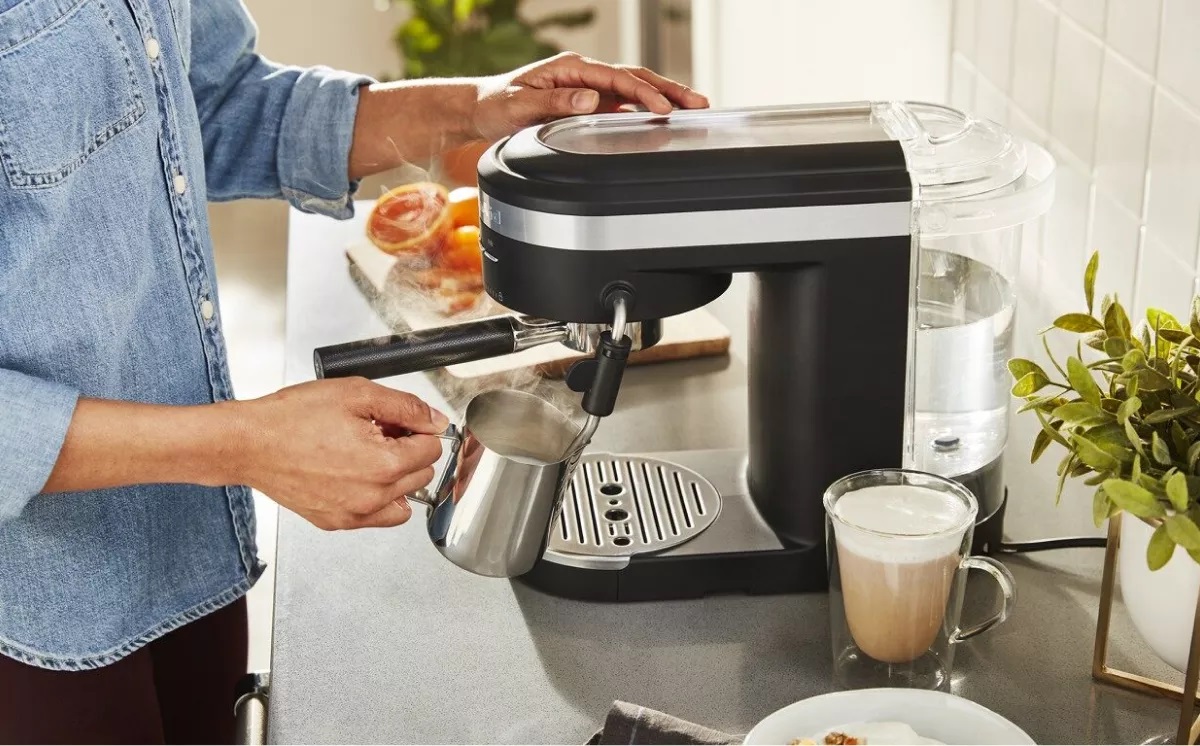
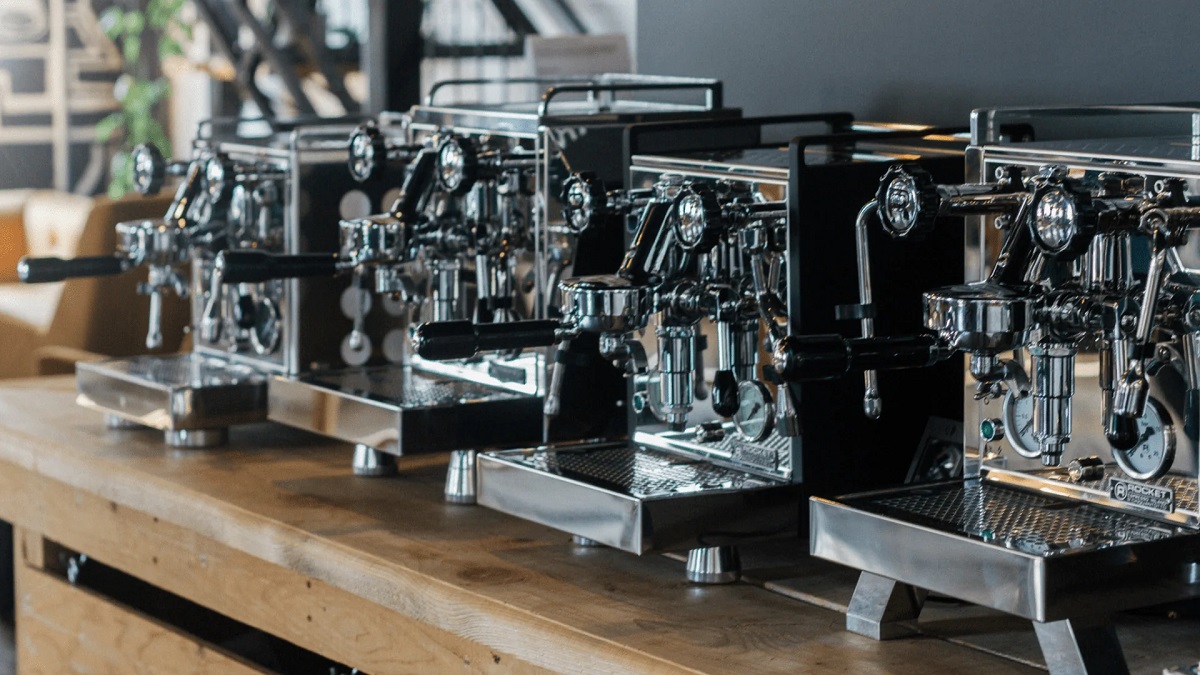
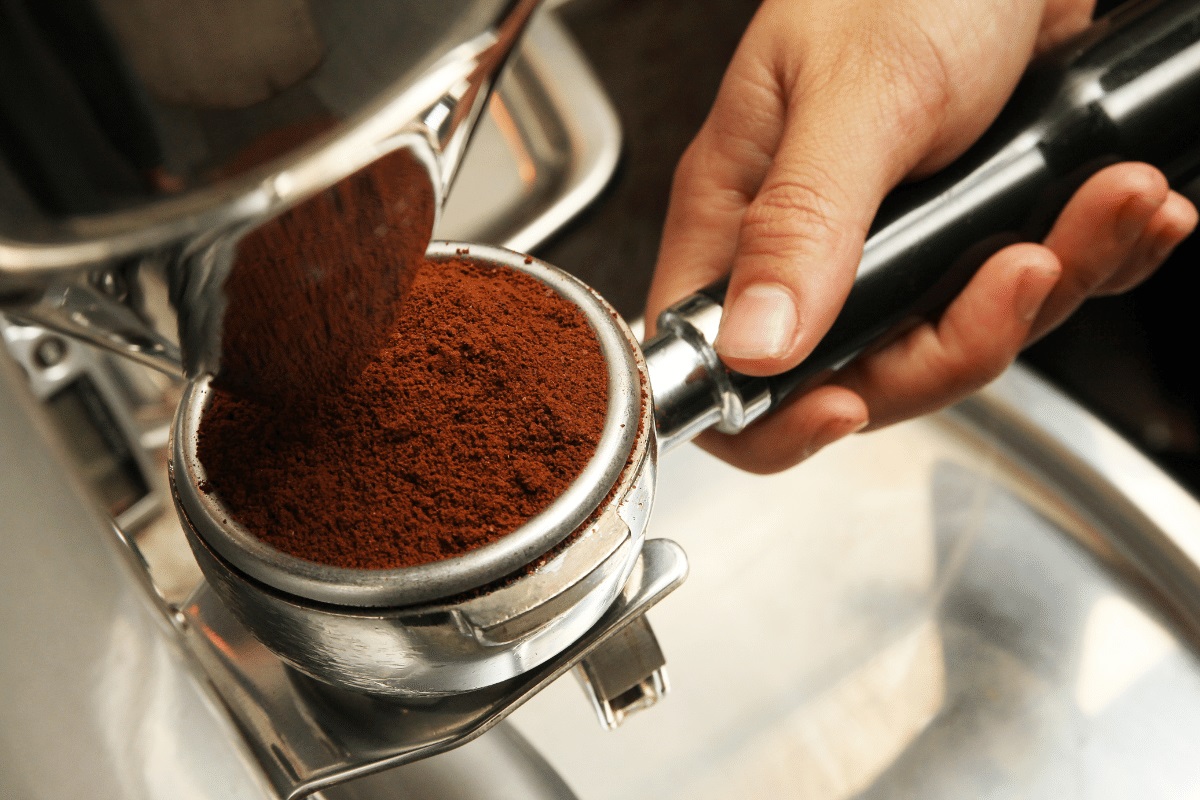
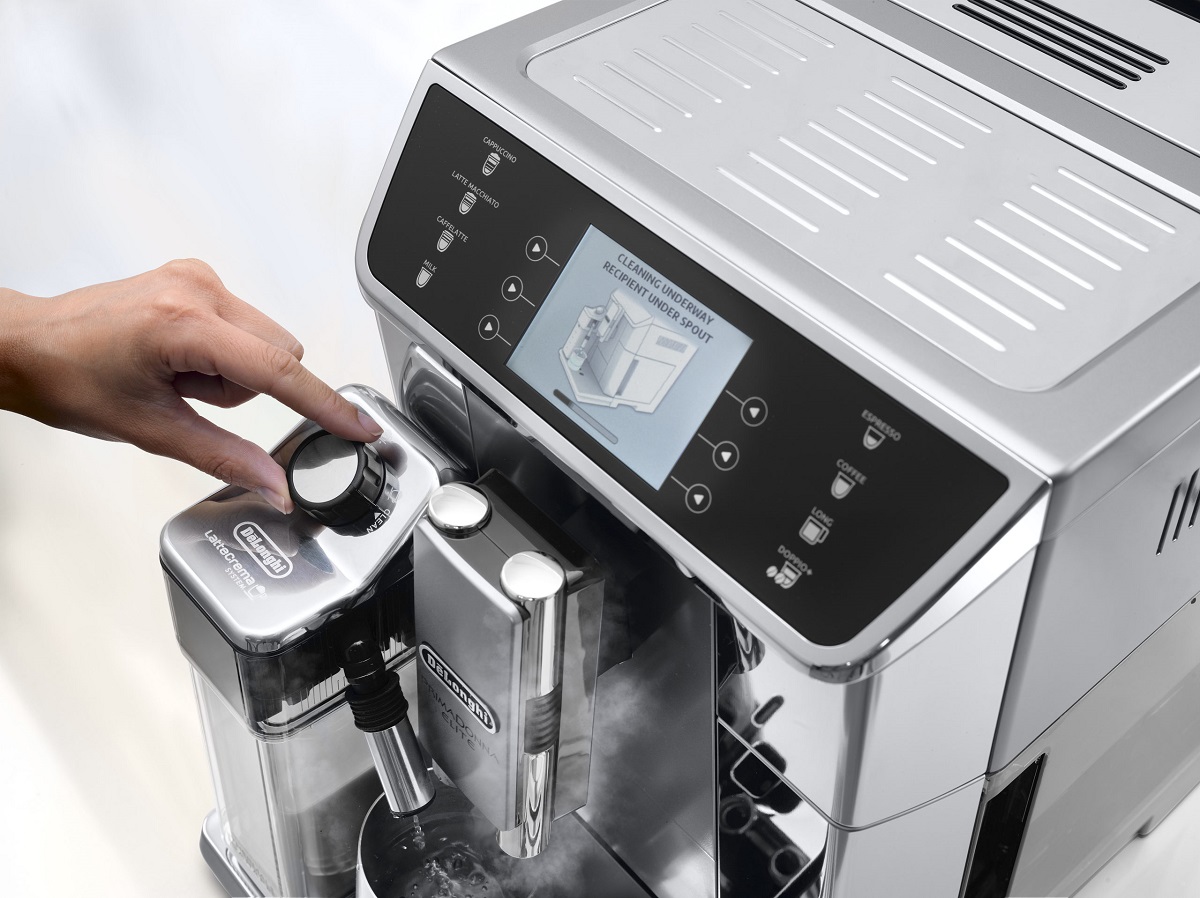
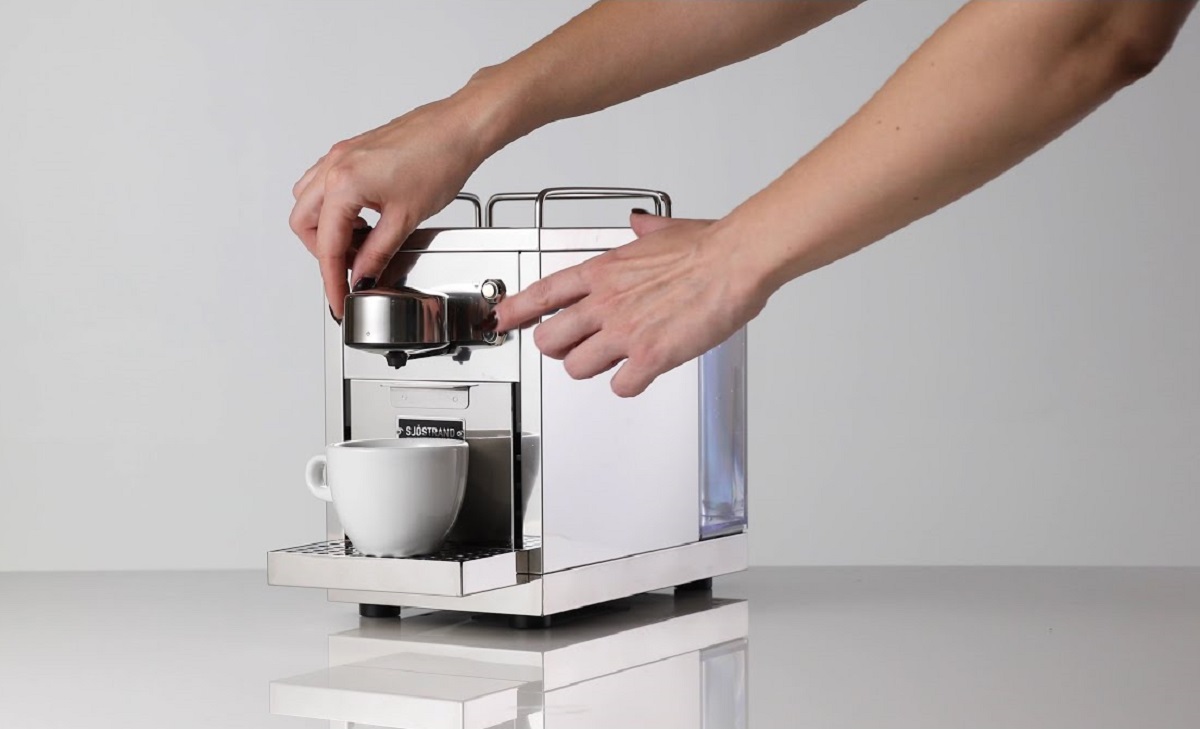
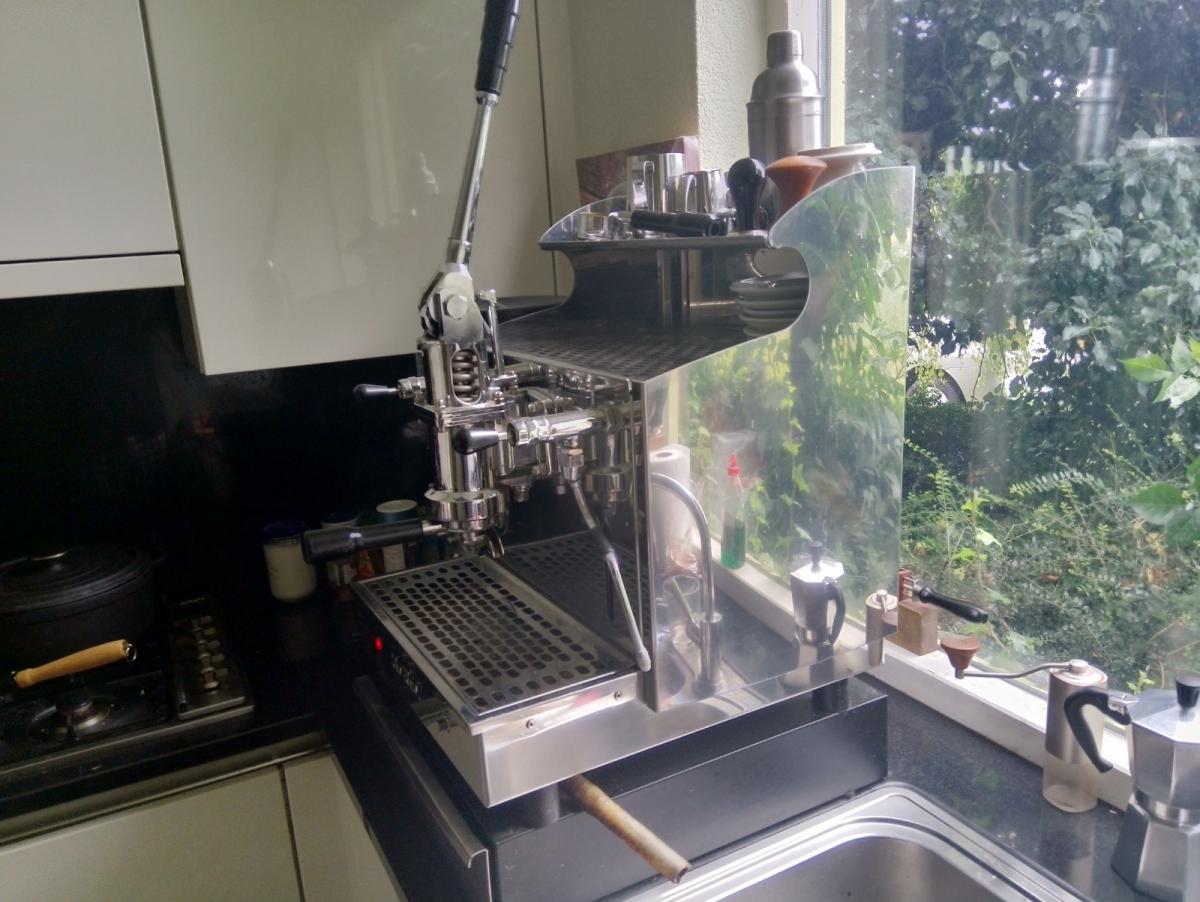
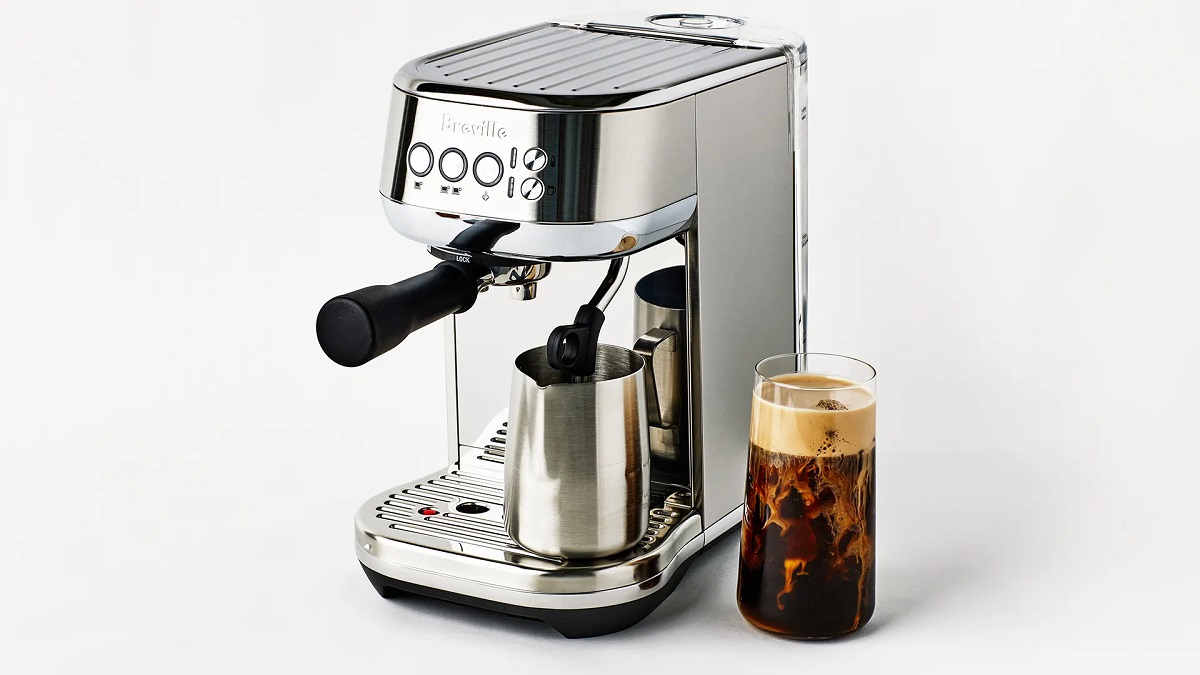

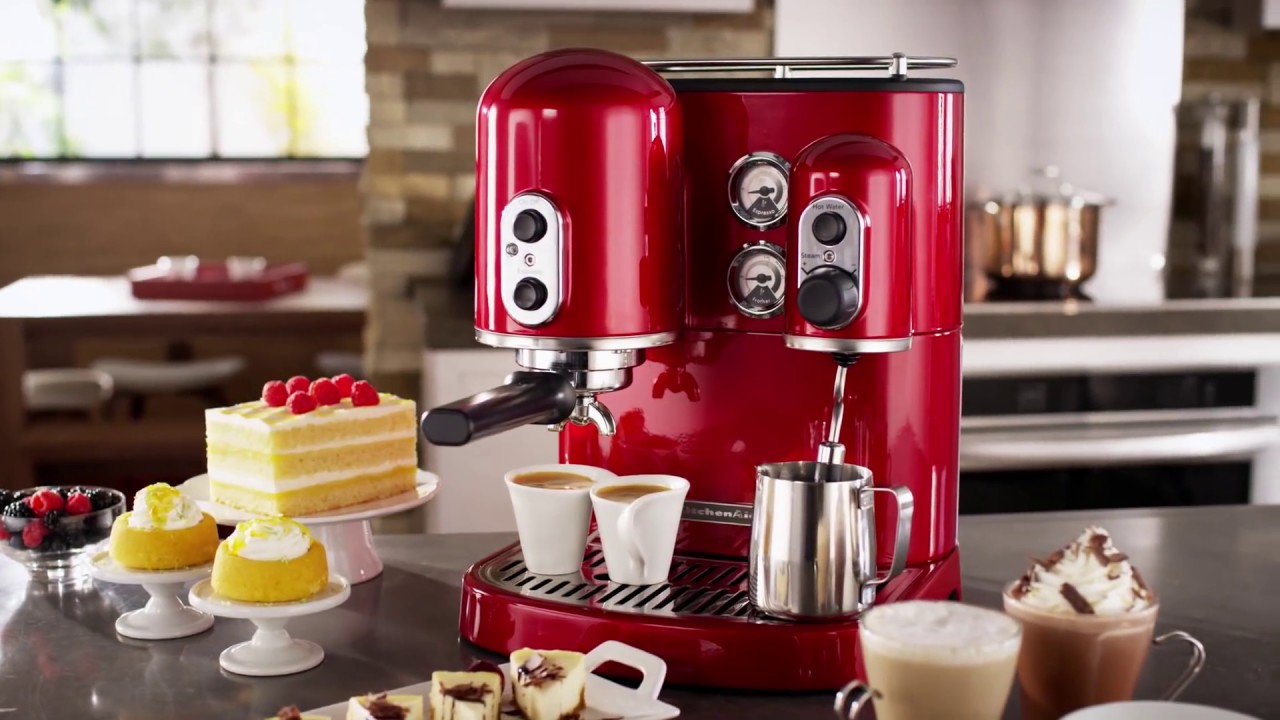
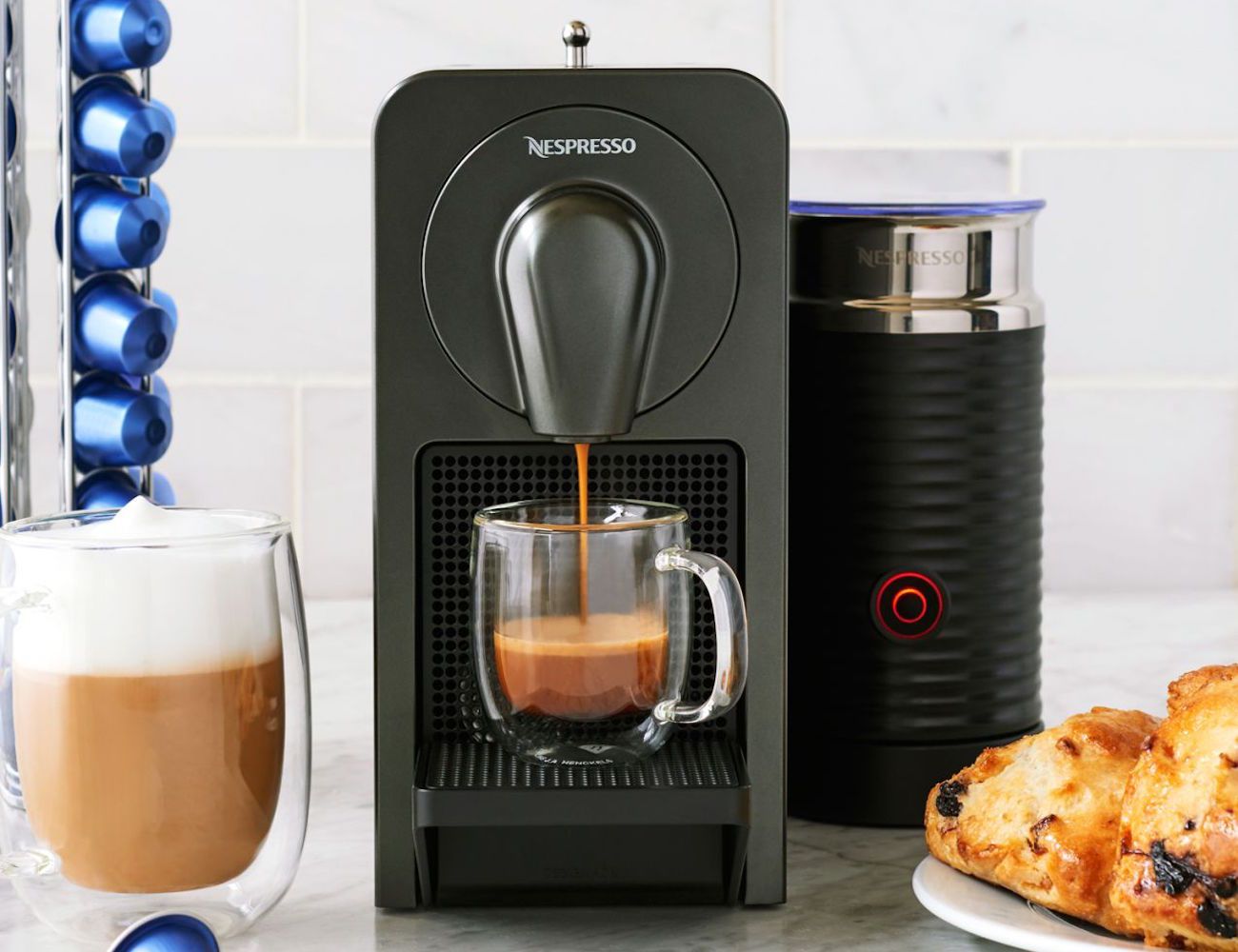
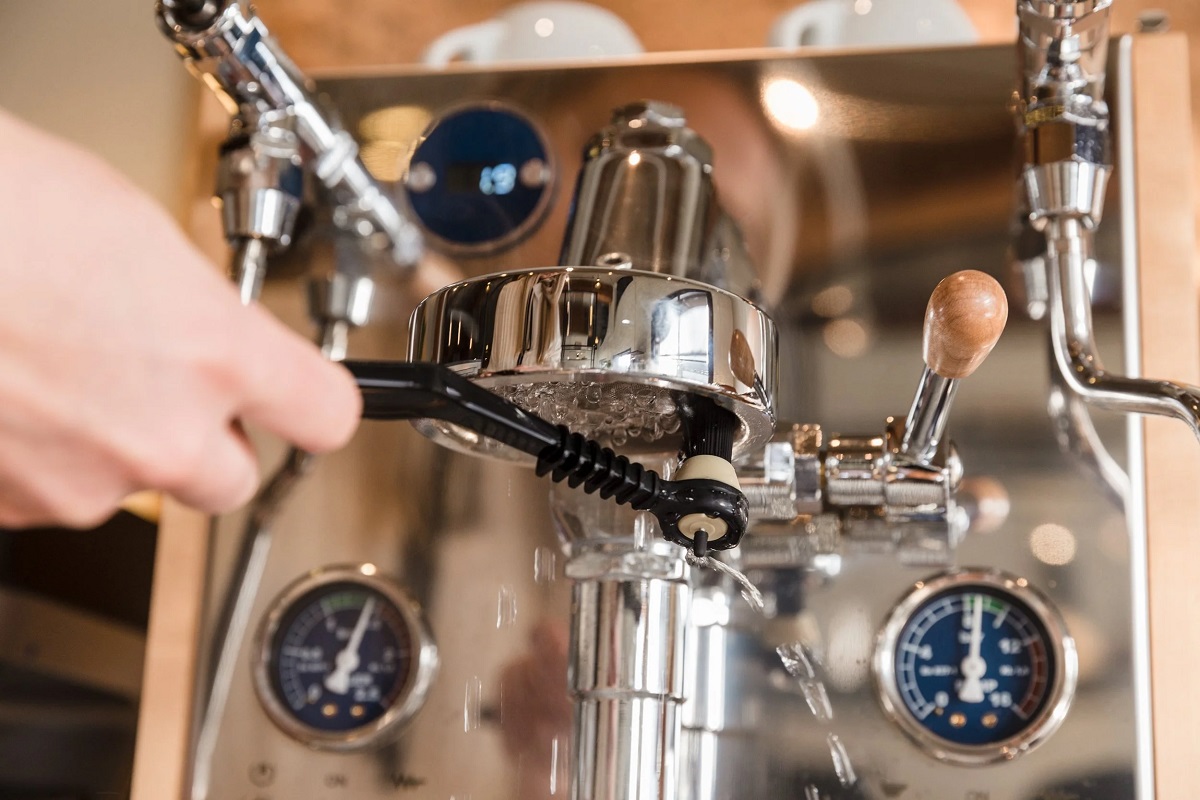
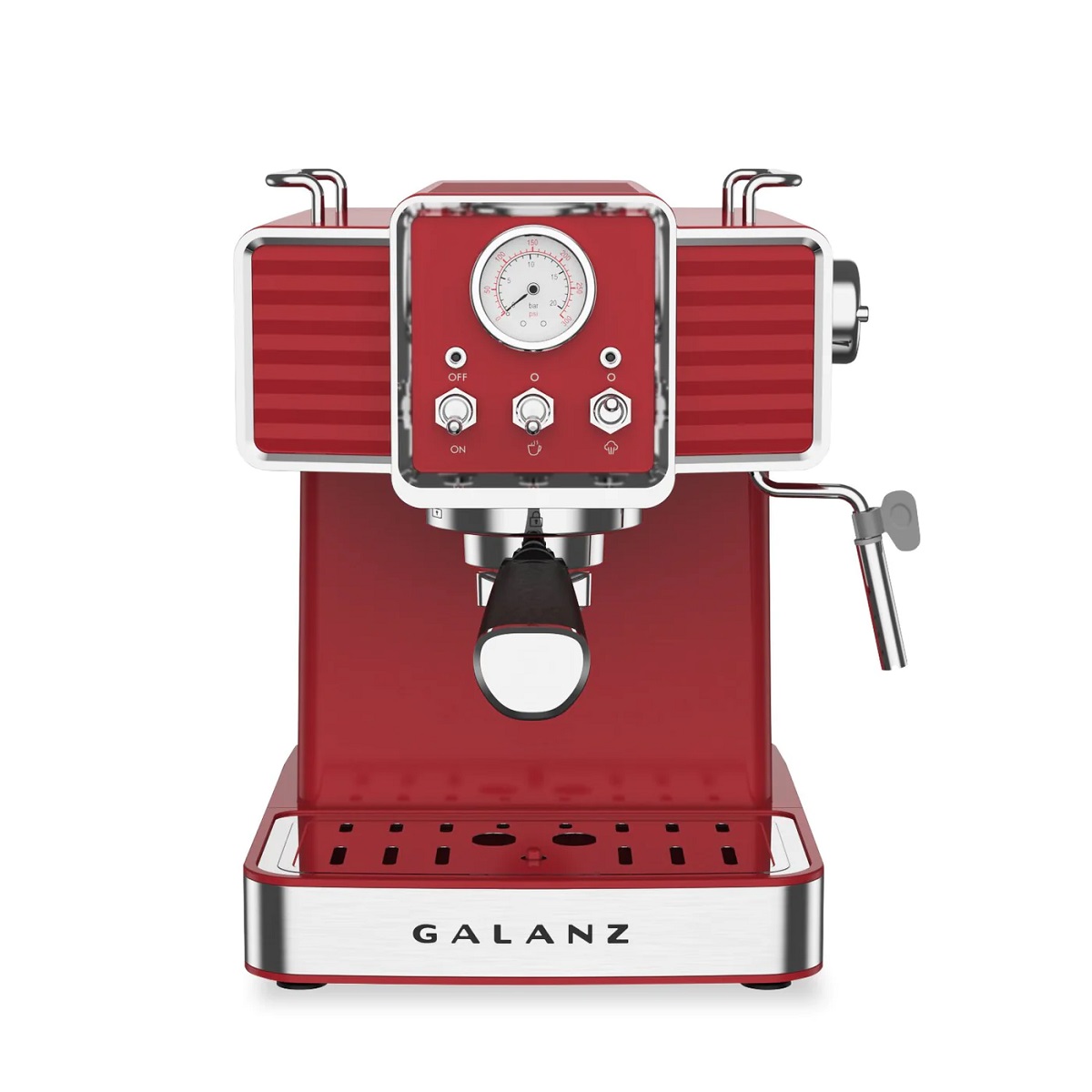
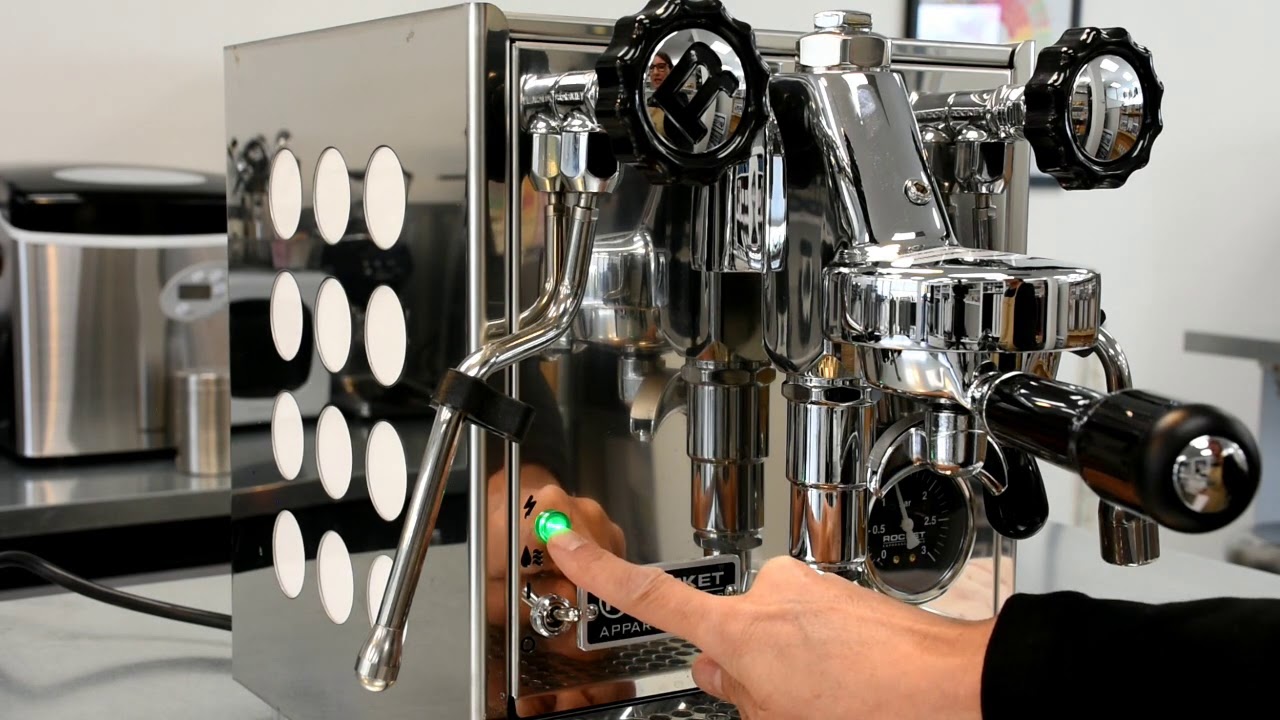
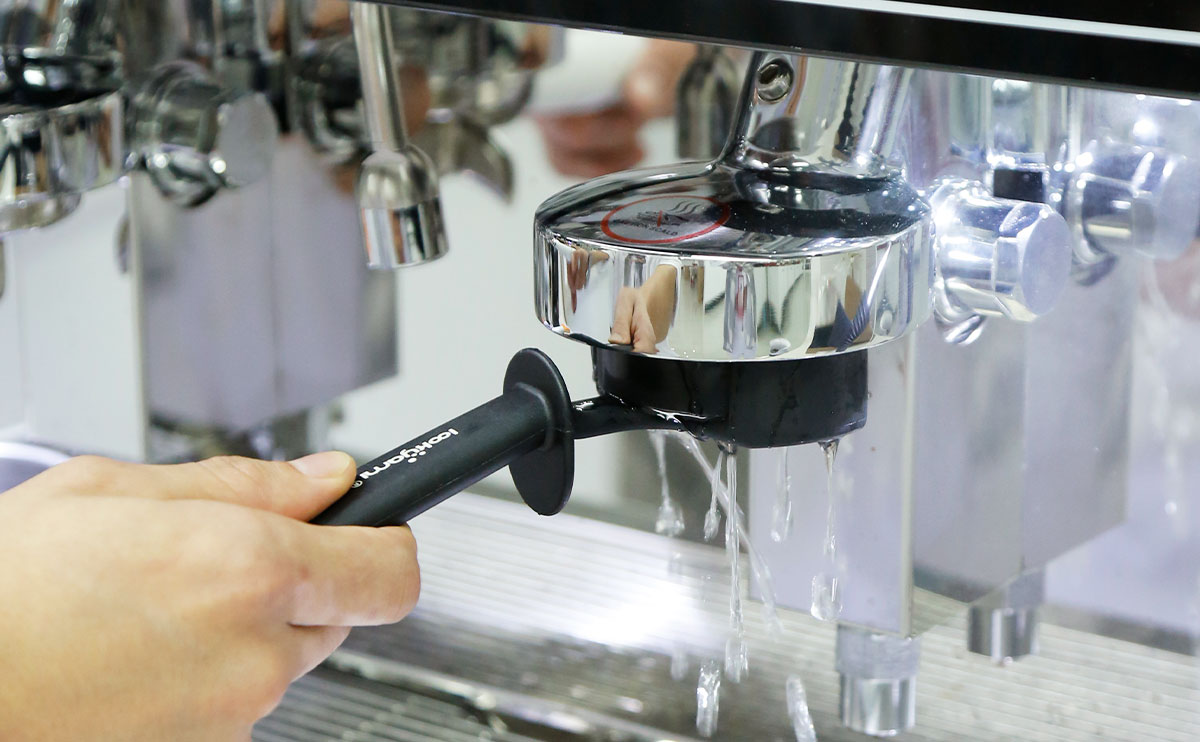

0 thoughts on “How To Set Up An Espresso Machine”